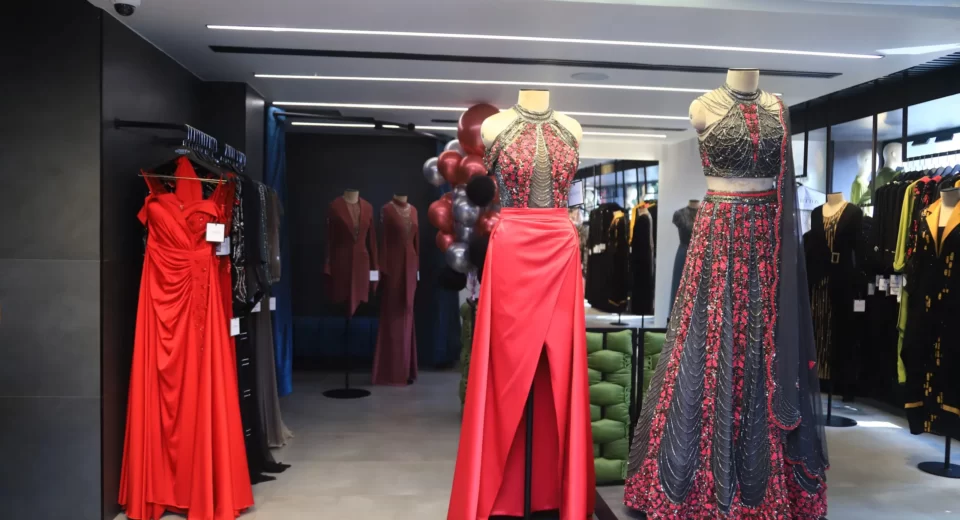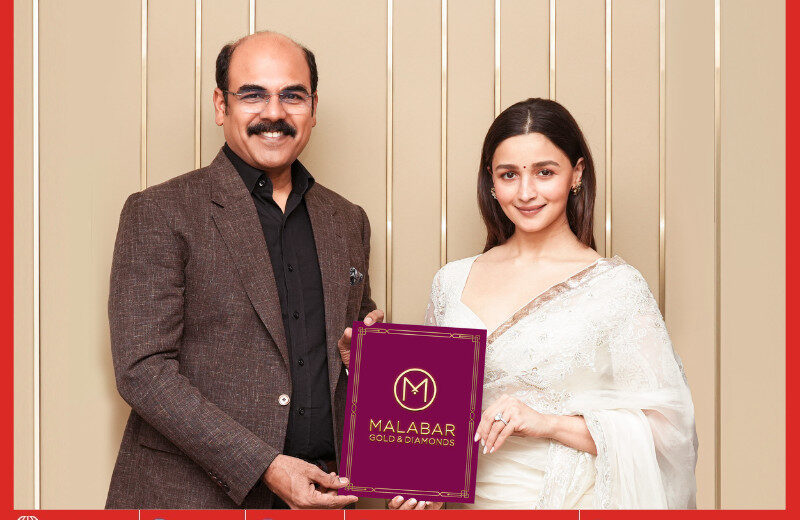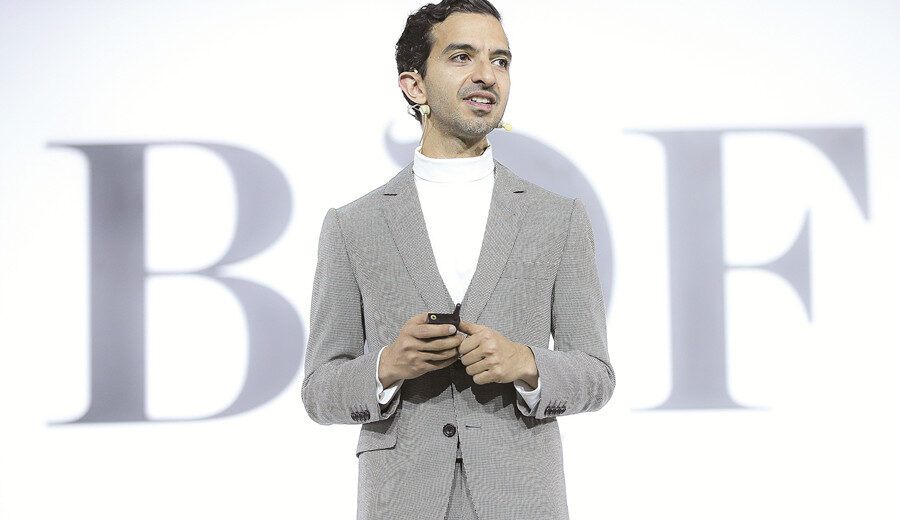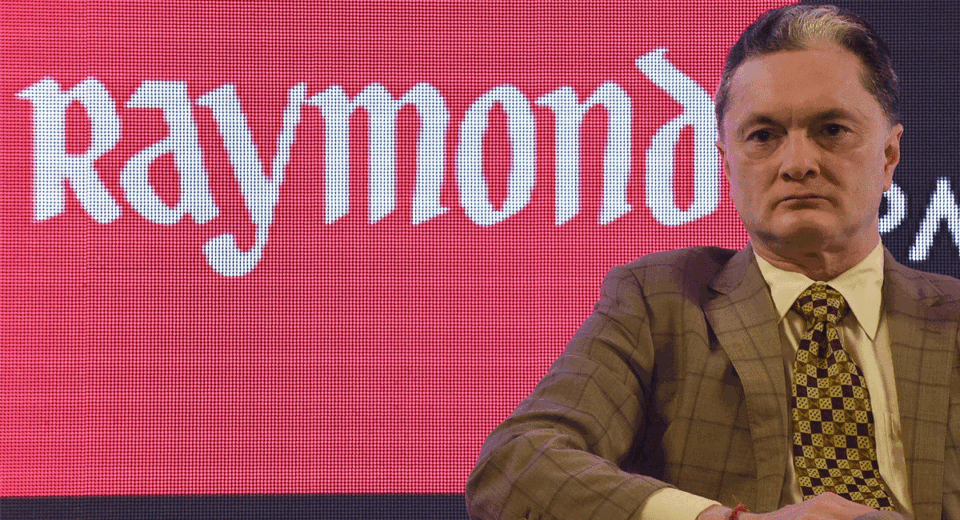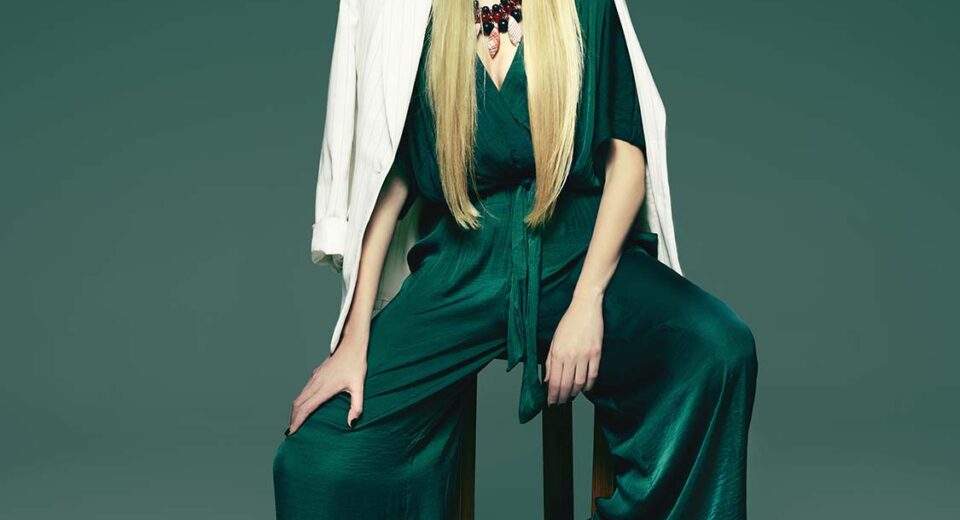With India remaining the fastest-growing major economy and consumer sentiment at a high, weddings are driving the fashion and luxury goods business. According to the founder and chief executive of global fashion media firm, The Business of Fashion’s, Imran Amed, said in an interview that India has emerged as one of the world’s strongest fashion markets, and globally, the fashion industry is pegged at about $2.5 trillion. Edited excerpts: How has the fashion industry changed post-covid19, and where is it heading? Globally, fashion is a $2.5 trillion industry, segmented in a variety of different elements, with luxury fashion at the very top, and witnessing extraordinary acceleration over the last couple of years. This is a reflection of the wealthier segments of our society, who were stuck at home during the lockdown, not spending money on travelling and other discretionary items , ending up saving a lot of money. They started spending money online, often engaging with luxury goods companies, and the growth in the last couple of years as a result of it, has been exceptional. Clearly, the economy has entered a different phase. Are there other luxury segments that are doing well globally? Yes, the bottom of the pyramid luxury is doing very well. One of the reasons that’s happening is because people are being a lot more conscious of how they spend, and where they spend. If they’re buying it, it is in the discount segment. The middle part of the industry is struggling the most. Did the current economic conditions have any impact on luxury consumption? Now, there is a lot more uncertainty about where the world economy is headed, and we are talking about a potential recession in Europe and US. However, though the recession has not materialized thus far, I think consumers are being a bit more cautious. No, India is the fastest-growing major economy and there’s quite a level of buoyancy here. The Indian customer remains confident. If we define luxury and fashion in India including everything related to the wedding market, then we’re talking about greater than $50 billion market per annum. However, if we’re talking about the presence of international luxury brands in this market, it’s less than $5 billion. That said, the market is growing and a lot of commentators and observers internationally are looking at this market with interest. Is it because of the slowdown in luxury consumption in China? China had cooled somewhat, and companies are looking to India and the Middle East for growth opportunity. The Chinese market has also recently witnessed a confidence boost because of the changing rules around covid restrictions. So executives are hopeful that the industry will pick up because in the last year, or so, China has been very challenging. Companies often compare India to China, but are they similar markets for consumption. What are your views? The dynamics of the two markets are very different. India has retained a sense of tradition and its own form of luxury is much more pronounced than what you’d find in China or anywhere. In China, if one walks the streets of Shanghai or Beijing, people are basically wearing Western clothes. Traditional Chinese clothes are very rarely worn. While here in India, it is more of a ‘fusion’ way of living. The way Indian customers engage with international luxury brands is very different. What kinds of luxury brands are doing well in India? The successful brands are the ones that are trying to understand moments and occasions they can fit into in the Indian customer’s life. There are still a lot of development opportunities that have not yet materialized and that’s why the next 10 years are going to be interesting for the Indian market. As the fastest-growing major economy, with buoyancy and dynamism in the market, even in the face of economic headwinds, it will be very interesting to see how it develops from hereon. But it is a fact that the share opportunity in China is far larger as Western clothes are pretty much the de-facto way of dressing there. Though the scale of the markets is similar, the way the customers live is very, very different. What is the largest trend that you’re seeing globally in fashion right now? And is India emulating any of those trends? The one thing that we’ve been seeing a lot of and talking a lot about at The Business of Fashion, is ‘quiet luxury’. And I don’t even call that a trend. It’s more like a movement where the most wealthy, the most sophisticated and the most discerning customers are preferring to wear brands or clothes from brands that don’t scream luxury. It’s not about shouting that it is a Gucci product or a Dior product. The brands that are at the forefront of this movement are brands like Italian company Loro Piana, Brunello Cucinelli and Hermes. These are some of the most famous ones where the brands themselves aren’t front and centre and the way they design their clothes and accessories is more about the quality and the craftsmanship that goes into them. Sustainability in fashion is the new buzzword, but are they just saying it or are they actually walking the talk too? To be honest, we do an analysis every year called The BoF Sustainability Index and last year we rated 30 publicly traded companies and luxury sportswear and fast fashion. And our assessment would say that there are a lot of companies talking about sustainability, but by no means are they taking enough action to make the changes necessary, whether it is water and chemicals or, commissions or workers‘ rights to truly call themselves sustainable. And the truth is, every single product we create has some kind of impact. So there’s nothing like a sustainable and impact-free product. Everything we create has an impact. So now the focus for the industry is on how to create fewer, better, longer-lasting products that have a lesser impact. The big luxury companies are now focusing on






